An interview with Vernon Joynson, author of Fuzz Acid and Flowers, The Tapestry of Delights…
Vernon Joynson, author of Fuzz Acid and Flowers, The Tapestry of Delights…
Where did you grow up and what can you tell me about some of your early influences?
I was born in 1952 and grew up mostly in Oxford, England. I was heavily into music from a young age and always listened to the radio whenever I could. In 1966 when I was 14 pirate radio was at its zenith. 1966-69 were the golden years of rock and pop music in my view. There was real synergy between these times of great musical innovation and the UK’s first taste of commercial radio (albeit offshore, which gave it a delightful amateurism at times) as the British Broadcasting Corporation (BBC) had a monopoly of the airwaves prior to this and played very little rock and pop at all. There was also Radio Luxembourg, but it mostly promoted major label artists and was only available in the evenings when the signal would often fade or become distorted.
Friends were also a big influence on my musical likes and dislikes. These were heady times. We all wanted to get the latest underground album and we listened to one another’s records a lot. I particularly like guitar and organ-led underground rock.
My other interests as a child were football (I know you call it soccer) and cricket. I’ve supported my home town football team (Oxford United) since they first entered the football league when I was 10. I was watching them just last Saturday and they won, which certainly isn’t always the case. I also still play veterans football for a pub team on Sunday mornings. Even at 58 going on 59 I’m only the third oldest player in the team! I was also (from a young age) a very politically aware person, as is my son, so it must be in the genes! My degree was in Politics and I work as a Local Government Manager, which is a pretty political environment. So understandably the politicised lyrics of some of the later sixties (particularly US bands) appealed to me a lot.
There were a lot of pirate radio stations playing underground rock music from USA. It must been pretty difficult to get some of that music on vinyl.
Yes in the mid-sixties there were quite a few offshore pirate radio stations that broadcast from ships, mostly in the North Sea (off the East Coast of England). The best were Radio London and Radio Caroline. I mostly listened to Radio London and from March 1967 DJ John Peel who’d been in LA until then had a late night show from 12 midnight – 2am called ‘The Perfumed Garden’ which introduced me to many of the most exciting US psych/garage acts of this era. But Radio London also had its own Top 40 which was very different from the BBC Top 40 and songs by bands like The Electric Prunes and Peanut Butter Conspiracy got into their charts and consequently got quite a lot of airplay.
Yes I did buy some of the US underground records I heard on pirate radio. When I liked a band I often tried to buy their singles. I got some pretty strange expressions when I went to a shop called Taphouses, pretty much Oxford’s only specialist record shop in the mid-late sixties, and requested records by bands like The Electric Prunes and Peanut Butter Conspiracy. I also bought records by better known bands too. By 1968 I was buying some albums, but as I was still only 16 I didn’t have much money to buy anything like the number I wanted to.
British rock underground started around 1966 and managed to produce a lot of unique bands. Were you part of this first wave, buying those records when they came out or did you get them later?
Well through reading the current music journals of the time (New Musical Express, Record Mirror and Disc and Music Echo), listening to music in record shops (which was easier to do in those days) and listening to whatever friends wanted to turn me onto, I became aware of quite a lot, but in my student years (I was at Leeds University between 1971-74 and graduated with a BA in Political Studies) my musical focus changed. I certainly didn’t have much time to listen to music on the radio anymore, but I did see lots of live gigs because most Saturday nights the Student Union booked a band. By now it was the height of prog-rock and it was mostly UK acts I saw. A great personal favourite was Family – they had a superb stage act and Roger Chapman’s vocals were great.
It was really when I started working in London from September 1974 and had some disposable income that I started searching the second hand records shops for all the great records I heard in the late sixties but never had the money to buy. Most of the records in my collection were compiled between 1974-1990. I went to the States in 1978 to visit a friend who’d moved back to New York, where I discovered this wonderful second hand shop called Flashback Records. I think it was on East 9th Street (in the east village where I was staying). Well the US underground psych I liked was considerably cheaper there than here and I returned home with a suitcase full of records! I also left my mate a list of other much rarer albums I wanted and eventually via him and a dealer acquired those too.
I brought a small flat in Camden Town in 1976 and lived there until 1979. This was the heart of punk and a stellar time for live music. There were loads of places almost on the doorstep or nearby. The Music Machine, Dingwalls, The Electric Ballroom, The Hope And Anchor, The Dublin Castle and places like The Marquee and The Rock Garden were not far away by tube. The energy and excitement of those punk concerts is unsurpassed, although the new wave and post-punk eras were musically more interesting. I think I saw more music in the early eighties than the late seventies, but I went to many, many gigs in both eras.
At what point did you decide to write a book about psychedelic music?
There were several factors. In my searching for records I was frustrated by the lack of any detailed encyclopaedic guides covering the more obscure artists. I was mad about psychedelic music as already explained. I’d just parted company with quite a long-term girlfriend so I had more time on my hands. The clincher was actually when I was playing various psych albums to some friends and one (a journalist) remarked that I seemed very knowledgeable on the subject and should write a book on the matter! So I decided I would. 1982 was the year the decision was taken.
The book was called The Acid Trip and published by Babylon Books in 1984. It was the world’s first guide to psychedelic music. I could never recommend anyone to buy that book now and it’s been out of print for many years but psychedelia was a bibliographical wilderness at the time. Every subsequent book I’ve written – The Flashback and the various iterations of Fuzz Acid and Flowers – has been an attempt to improve on the previous one.
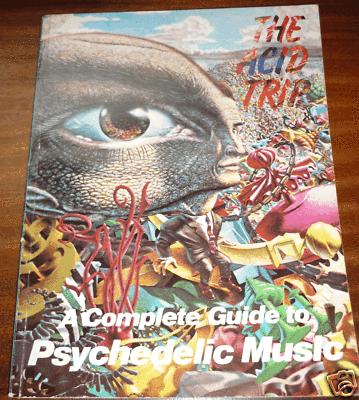
How hard was to get so many obscure records from the States, since you were living in UK and there was no internet around?
I brought them back from the States, found them in specialist collectors’ shops in London (mostly around the Portabello Road area) or brought them from Mail Order Record Businesses. I must mention Funhouse Records, whose owner Malcolm Galloway was a great help to me. I brought lost of records from him in the eighties and nineties.
There was a lot of books you released later, including your well known “Fuzz Acid and Flowers” and “The Tapestry of Delights” which is the most well known and still an ongoing project for you.
Here’s a list of all the books I’ve written (the US Rock History Series was done jointly with Hugh MacLean who is another serious collector and has amazing musical knowledge). Sadly they are all out of print now. The Fuzz, Tapestry and Dreams books have always sold briskly. The Up Yours! one took much longer. It’s formatted just like the others, but punk seems to be a relatively ‘closed book’ and much of the music was of its time and has perhaps not aged as well.
After The Acid Trip…The Flashback: The Ultimate Psychedelic Music Guide
First published June 1988. 159 pages. £9.95.
There were various print runs and three different covers. This was effectively an updated version of The Acid Trip focusing on psychedelic rock/pop of the USA, UK and Canada.
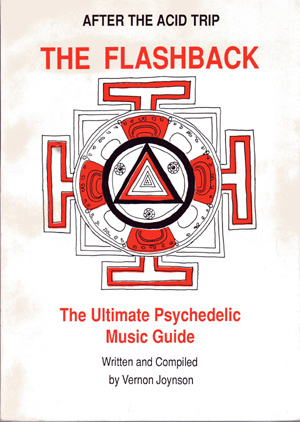
Fuzz Acid and Flowers: A Comprehensive Guide to American Garage Psychedelic and Hippie Rock (1964-1975)
First Edition Published August 1993. 432 pages.
Second Edition Published May 1994. 432 pages.
Third Edition Published December 1995. 432 pages
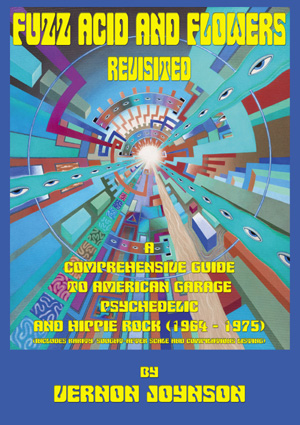
The Tapestry Of Delights: The Comprehensive Guide to British Music Of The Beat, R&B, Psychedelic and Progressive Eras 1963-1976
First Edition Published September 1995. 600 pages
Second Edition Published September 1996. 600 plus pages.
Third Edition Published June 1998. 724 pages.
The book covered British rock and pop between 1963-1976. A wide range of musical genre are covered: mainstream rock and pop, Merseybeat, R&B, folk, folk-rock, jazz-rock, blues-rock, psychedelia, freakbeat, glam-rock, progressive rock, including many artists who didn’t attract the publicity they deserved at the time and many who’d never appeared in music encyclopaedias before.
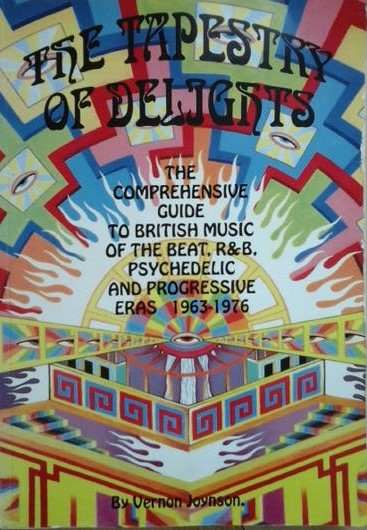
Dreams Fantasies and Nightmares From Faraway Lands: Canadian, Australasian and Latin American Rock And Pop 1963-1975
First published September 1999. 476 pages.
This publication covered rock, pop, beat, folk, folk-rock, blues-rock, psychedelia, flower pop, garage, progressive rock and more from Canada and Australasia in the era. It also contained an introduction to Latin American beat, psychedelia, garage and progressive rock. This book includes many artists who failed to attract the publicity they deserved at the time and many who’ve never appeared in music encyclopaedias before.
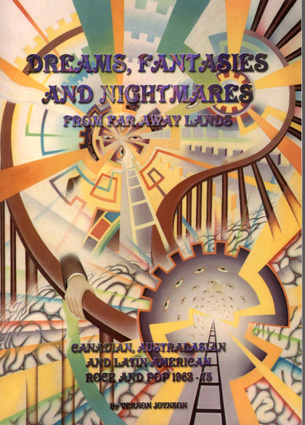
Up Yours! A Guide To Punk, New Wave and Early Post Punk
Published September 2001. 552 pages.
This book provided a detailed guide to UK punk, new wave and early post punk.
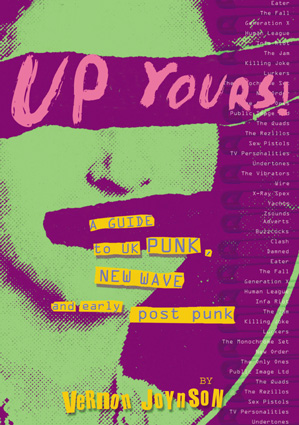
Fuzz Acid and Flowers Revisited: A Comprehensive Guide to American Garage Psychedelic and Hippie Rock (1964-1975)
First published September 2004. 1,108 pages
This was a rewritten and expanded version of Fuzz Acid and Flowers originally published in 1993 and there was also a limited edition paperback edition of just 500 copies.
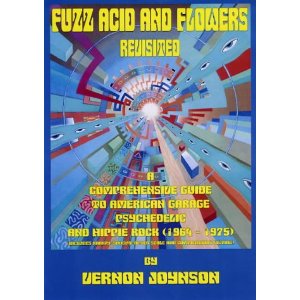
The Tapestry Of Delights Revisited: The Comprehensive Guide to British Music Of The Beat, R&B, Psychedelic and Progressive Eras 1963-1976
First published May 2006. Reprinted 2008. 978 pages.
This is a completely revised and updated version of The Tapestry of Delights, originally published in 1995.
Dreams Fantasies and Nightmares From Faraway Lands Revisited: Canadian, Australasian and Latin American Rock And Pop 1963-1975
Published July 2008. 766 pages
This was a revamped version of Dreams Fantasies and Nightmares first published in 1999. It also included a vastly expanded South American section and a completely new South African section.
Finally, here are the details of the US Rock History Series and the year of publication:
An American Rock History Part One: California The Golden State
First published October 1987. 582 pages.
Second A5 size edition 1988. 582 pages.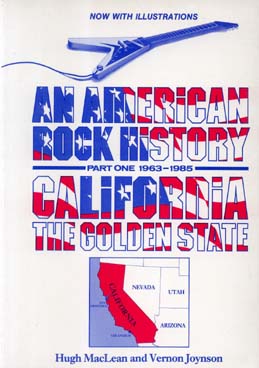
An American Rock History Part Two: Texas, Arizona and New Mexico: A Southwestern Pilgrimage (1960-1989)
Published 1990. 392 pages.
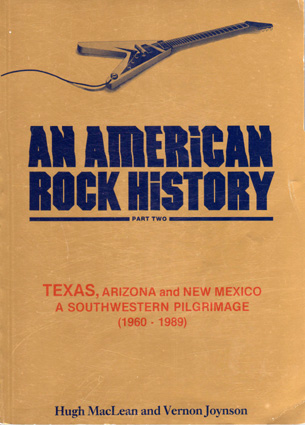
An American Rock History Part Three: Chicago and Illinois: The Windy City and Prairie Smoke (1960-1992)
Published July 1992. 260 pages.
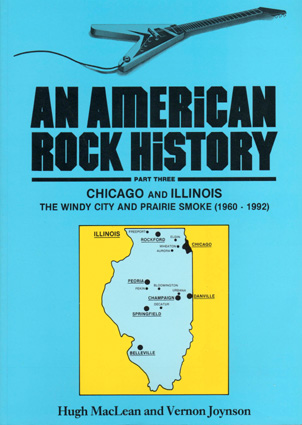
An American Rock History Part Four: Indiana, Iowa and Missouri: Hoosiers, Corn and Jesse James (1960-1993)
Published February 1994. 171 pages.
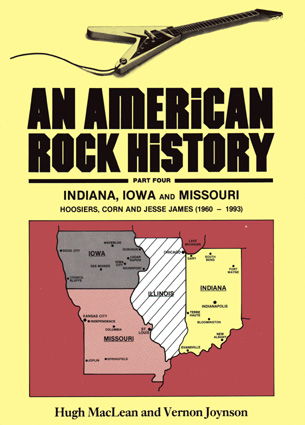
An American Rock History Part Five: The Midwest C: Minnesota and Wisconsin (1960-1997)
Published April 2000. 331 pages.
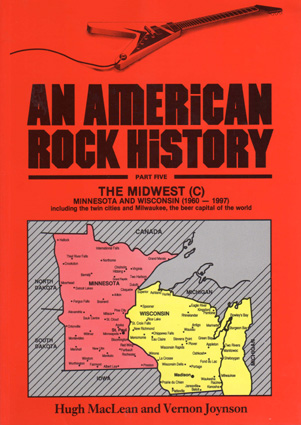
What can you tell us about your work on “Fuzz Acid and Flowers Revisited” volume?
Well I always want to improve on the previous version. This one was completely rewritten and much more thoroughly proof read (with much time invested by Clark Faville) than the earlier version. I’m always discovering new albums to write about and Max Waller (another UK collector) has stacks of new 45s he always wants to include. Some other collectors also contributed in a variety of ways. The main problem now is that this latest volume is about as long as it is possible to bind!! I also believe that Amazon UK (who have sold most copies) have run out.
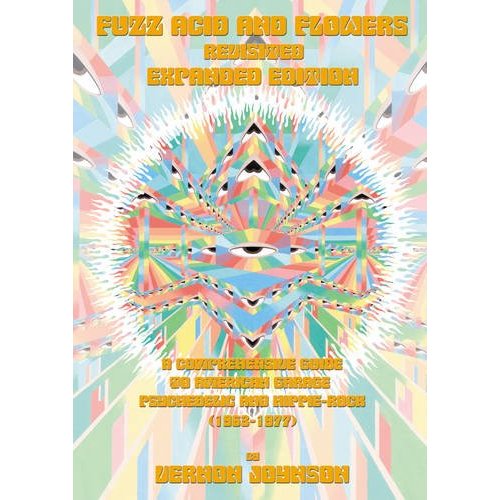
Your book has so many information about truly a ton of obscure bands, that it is almost impossible to believe what you managed to create. How did the researching process looked like?
For a few years Borderline Productions had a web version of the book. A lot of bands contacted the site and contributed information that articles were based on, but it was too time-consuming to maintain this site indefinitely.
I spend a lot of time listening to and describing music to assist other collectors as do the other people who help with my books.
I also research via sales lists, fanzines, the web, magazines and reissue labels often provide a lot of information about artists whose albums they reissue.
I have a small but very committed network of collectors around the world who provide information and contribute to my books.
There are still a lot of private press records to be found.
Yes. A lot of them don’t really live up to the hype that some try to attach to them.
Do you think we will find more lost jewels of psychedelia?
I think people will continue to uncover obscure private pressings. How many of them are worth listening to is another question, but there may be a few more exciting discoveries.
Your expanded version of “Fuzz Acid and Flowers” is now your latest book. What can we expect from the future? You are probably still researching and discovering new stuff daily…
At present I’m primarily concentrating on keeping my three most successful projects (Fuzz, Tapestry and Dreams) updated. The economic climate is challenging for us all at present, but I may decide to tackle some entirely new projects when things change..
You’ve been a collector for years and during that time many stories accumulated together. Would you like to share some?
Back in 1969 I heard a record called Reputation by The Shy Limbs on Radio Luxembourg (by now the Marine Broadcasting Offences Act 1967 had made pirate radio illegal and only Radio Caroline defied the law and moving to Dutch waters).
Reputation is an excellent organ-led song in a similar style to Procol Harum’s A Whiter Shade Of Pale, which builds into an impressive crescendo. I unsuccessfully tried to buy it in Oxford at the time and when I moved down to London spent considerable time searching for it unsuccessfully in second hand record shops. Imagine my joy when it turned up out of the blue on Psycho Record’s Perfumed Garden, Vol. 1 in 1983. Indeed the church organ sound is ideally suited to a wedding and when I got married in 1985 it was one of two records played when we walked out of the church! Some years later I did track it down on a 45.
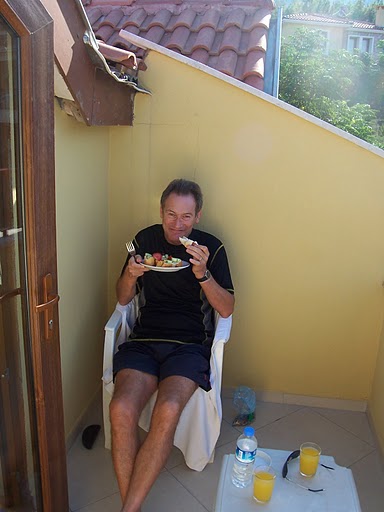
We’re really proud to have you on It’s Psychedelic Baby. Would you like to mention a few names, who are supporting your work and are helping you gather vital information about psychedelic rock?
Max Waller, who is a world expert on US garage-psych, wrote many entries focusing mainly on more obscure 45s. He lives a 45 minute drive away and we have become good friends. Clark Faville, a US collector and record dealer based in California, helped me quality control the book and also wrote several entries. Max and Clark have helped me on many projects over the years, particularly the US ones. IT whizz Ivor Truman has been handling the art work for all my books since the first edition of Tapestry of Delights in 1995. The covers of many of my recent books use extracts from paintings by Andrew Linsell. California music expert Gray Newell also helped on the latest Fuzz Revisited book.
There are several people who have helped on different projects over the years. There is only space to mention a few here: Belgium dealer Philippe Collignon; UK dealer Malcolm Galloway; US Gear Fab label President and founder Roger Maglio; Greek dealer Costas Arvanitis; Delerium Record’s Richard Allen; Stand Up Record’s Bill Allerton; UK music journalists John Reed, Mark Paytress, Jon Newey, Nick Warburton and Richard Morton-Jack; Marcel Koopman, Bill Stow and Stephane Rebeschini. Those who help on each project are always credited at the front of each book.
Currently UK music journalist Nick Warburton, US collector Kevin Rathert, Norwegian author Jon Vidar Bergan, Rob Harvan and French collector Jacky Batigue are feeding lots of information and leads through to me.
Thank you very much for your time and effort, Vernon. I wish you good look with your future work. Last word is your.
Firstly, thank you for taking an interest in my projects. The books take a huge amount of time to produce. I have a full-time job, a family and quite a few other commitments to fit in too. Primarily I write them because I want to ‘spread the word’. A lot of really good artists and bands were overlooked the first time around for various reasons. The books are written by collectors for collectors and they mostly positive feedback they get inspires me and my band of contributors to keep going. It’s particularly galvanising to be contacted by so many young people, which says a lot for the longevity of much of the music we write about.
– Klemen Breznikar

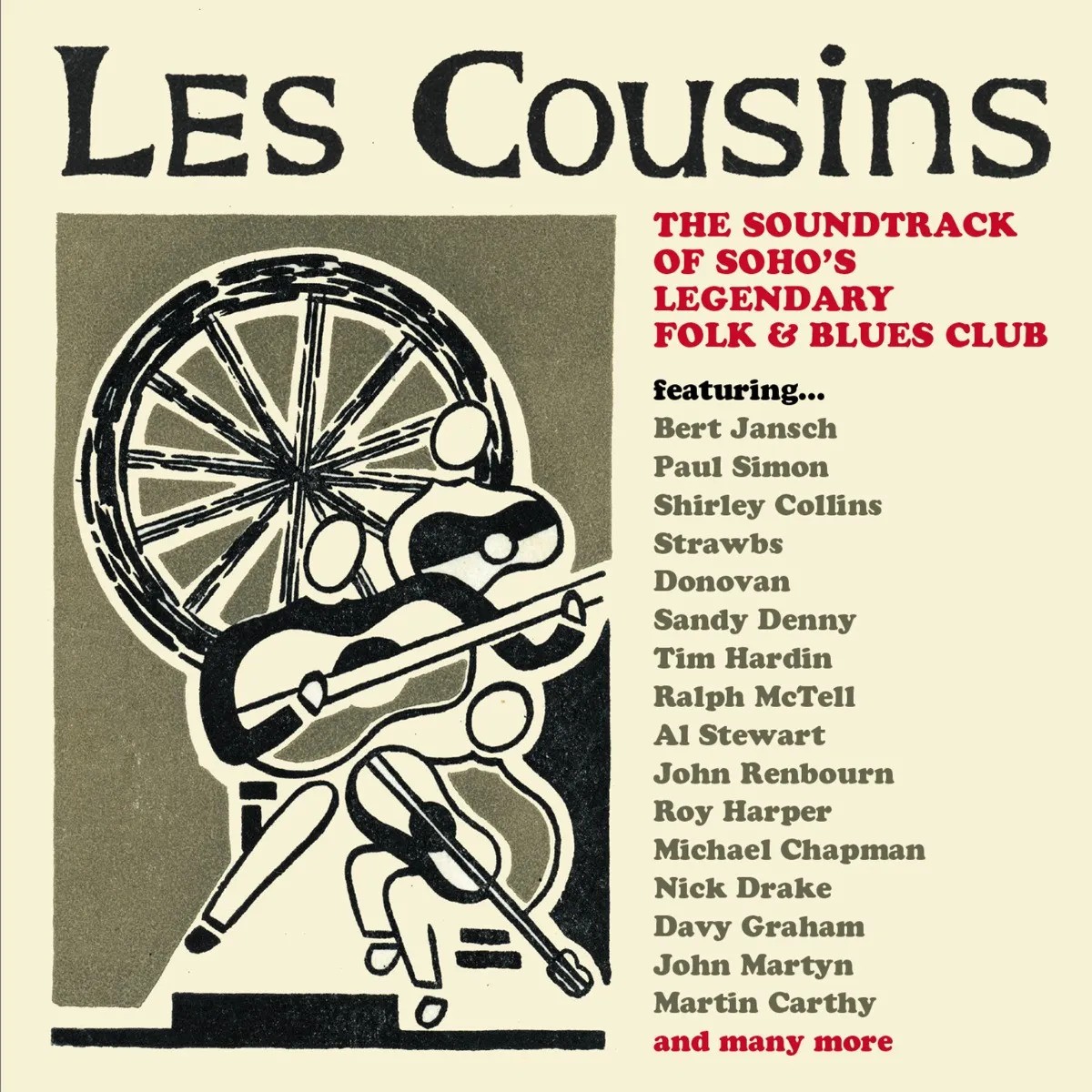
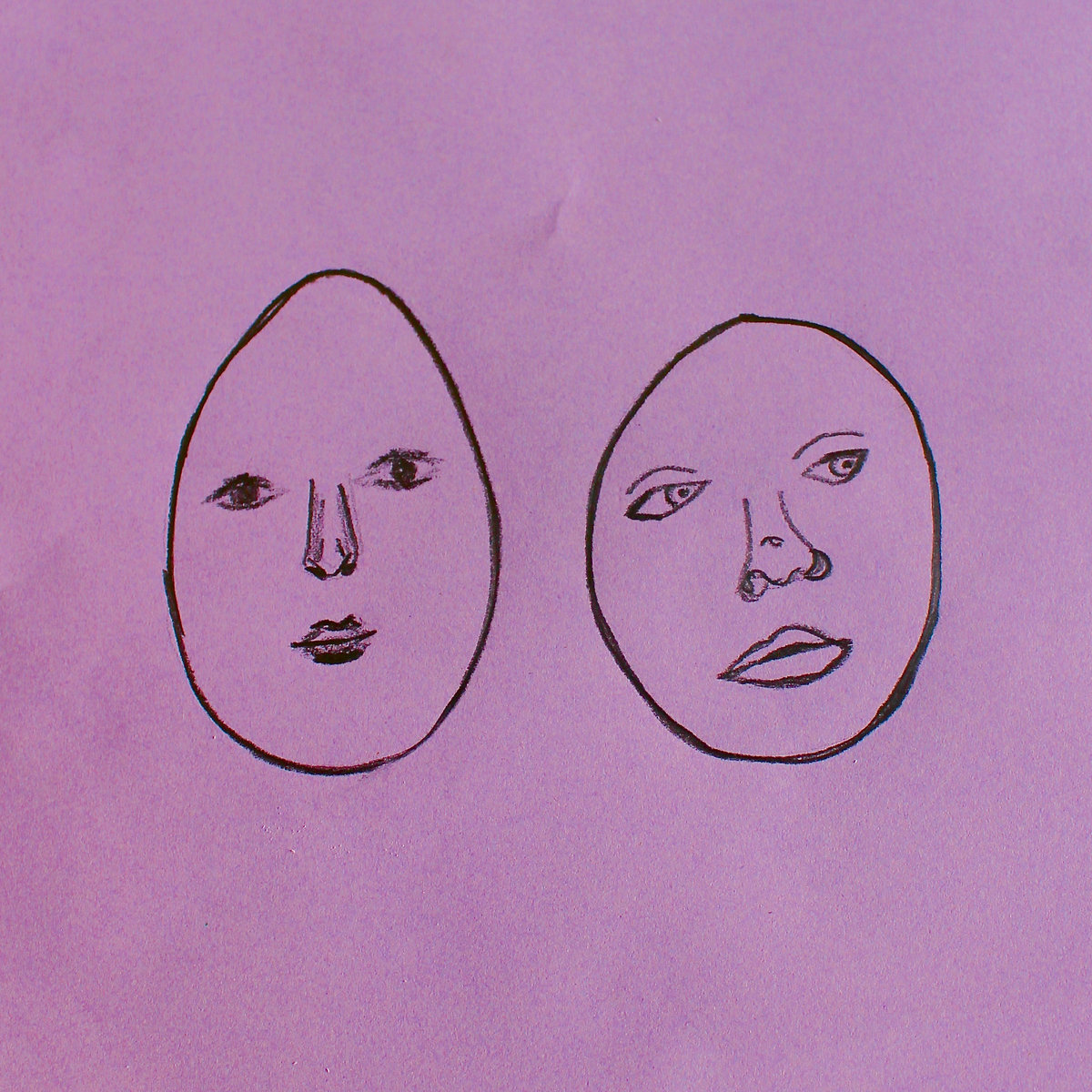
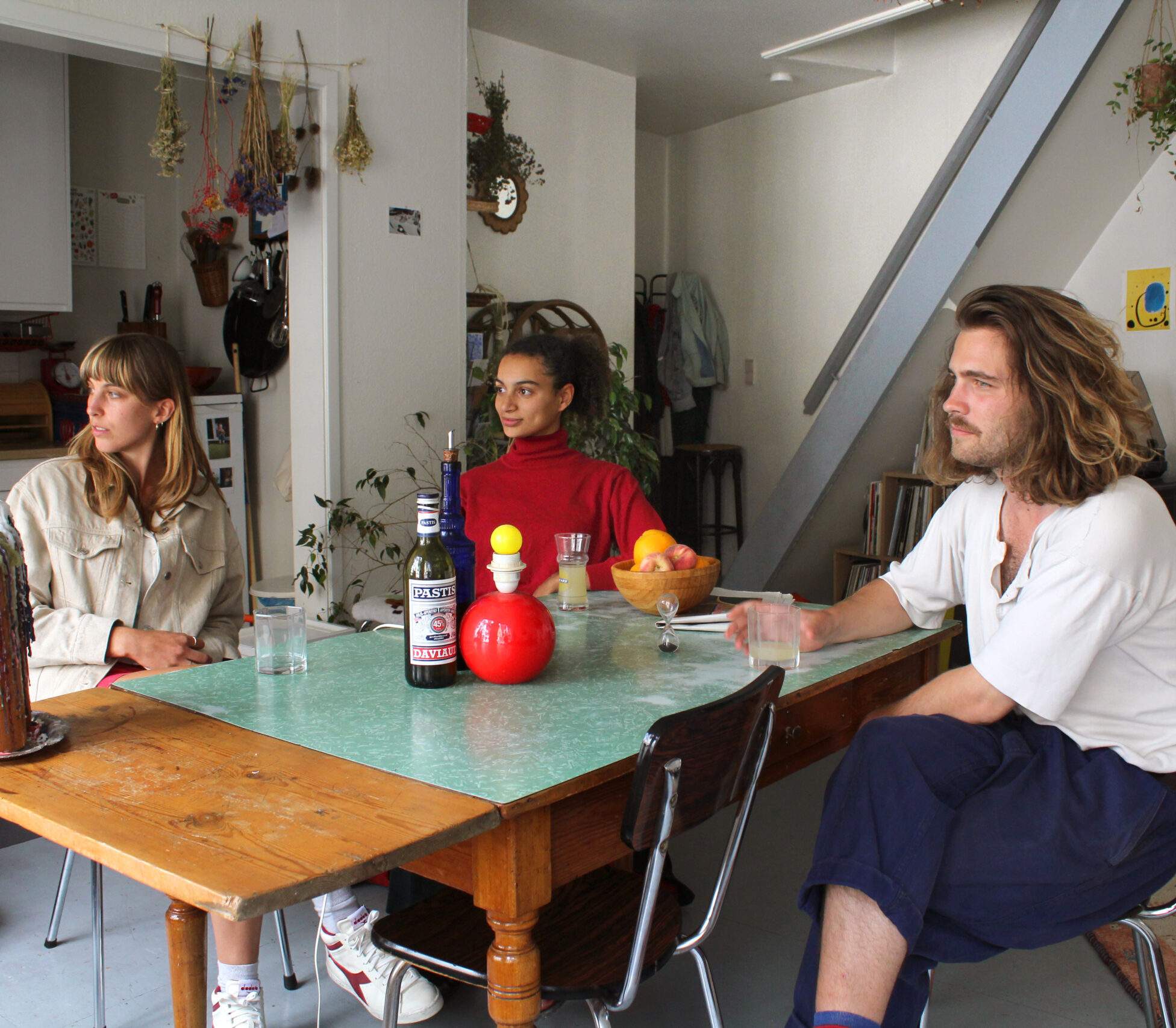
Wonderful interview! 5 stars. Joynson's trilogy of major rock encyclopedias are absolutely essential to psychedelic rock fans. Reading this interview gives you insight into Vernon's dedication to "spread the music." Klemen offers up compelling questions and Vernon responds with absolute candor. Long live Psychedelic Baby!
A small correction, Flashback Records was at 34 St Marks Place, (right across my current shop), run by a guy named John and his wife, very nice guy and a great shop. If only i knew then what i know now.
Great interview btw!
John Kioussis
Very nice interview! Thanks Vernon for listing Children of the Mushroom in your book.
I was a member of The Rainy Days in 1966 in Detroit Michigan. We recorded I Can Only Give You Everhthing on Panic records. I understand our band is mentioned in Mr. Joynson’s Fuzz Acid and Flowers. Hoping to find a copy to at least read if not purchase. Nice interview Thanks.